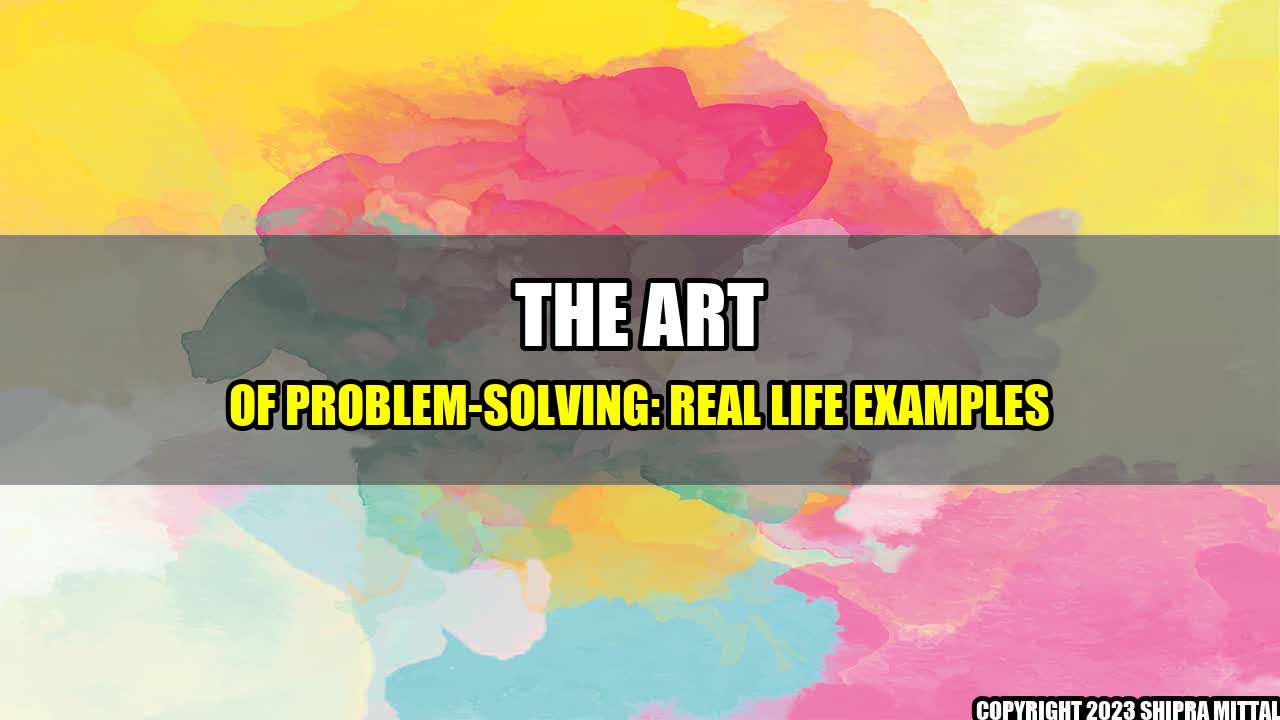The Problem with the Lost Wallet
Have you ever lost your wallet? If so, you know the feeling of panic and frustration that comes with it. That's exactly what happened to John, a college student, one day on his way to class. He realized he had left his wallet at home and decided to run back to get it. When he returned to his dorm room, he realized his wallet was missing. He searched everywhere, but it was nowhere to be found.
John knew he had to take action quickly. His wallet contained his ID, credit cards, and cash. He couldn't afford to lose any of it. He started to feel overwhelmed, until he remembered something his grandfather had told him: "Always approach a problem by breaking it down into smaller parts."
Conclusion
These examples demonstrate the importance of problem-solving in today's world. It's not just a skill, but a mindset that can help individuals and organizations overcome challenges and achieve their goals. To summarize, here are three critical comments about problem-solving:
- Problem-solving requires creativity and innovation.
- Problem-solving is a continuous process that involves feedback and improvement.
- Problem-solving is most effective when it involves collaboration and diversity of perspectives.
As you can see, problem-solving is a complex and dynamic process that requires effort and dedication. Nevertheless, it's worth investing in, as it can lead to sustainable growth and impact. So next time you face a problem, remember John's grandfather's advice and start breaking it down into smaller parts.
